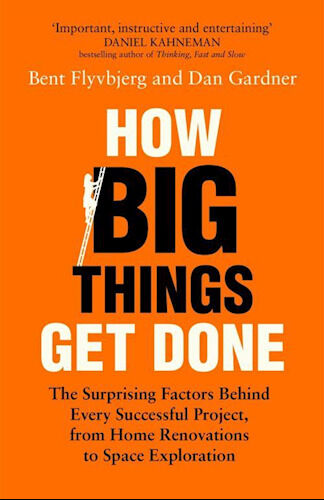At least nuclear waste storage is worse. In his book “How Big Things Get Done,” professor Bent Flyvbjerg ranks 25 categories of projects by their average cost overrun. IT projects are the fifth worst offender, better than nuclear but worse than buildings, rail, airports, tunnels, and many others. We all know many public IT failures (Denmark has its fair share), and the private sector has suffered many more, even if less publicized.
What can we do about it? One chapter in the book is dedicated to creating better estimates. The problem with our estimating today is that we treat every project as unique. We then estimate each bit, and our usual how-hard-can-it-be optimism leads to the underestimation so common in IT. Flyvbjerg argues that we should start by identifying the class of projects this new project belongs to. The average for this class of projects is then the starting point for our estimate, adjusted up or down.
For example, you estimate an ERP project by looking at other ERP projects. If the cost in your industry is $20 million on average, that is your initial value. Then adjust up or down depending on whether your project is smaller or larger – or more straightforward or more complex – than the members of the reference class.
Bring this book with you to the beach this summer so that you can help our industry move forward when you return from vacation. IT projects exceed their budgets by an average of 73%. We can do better.


